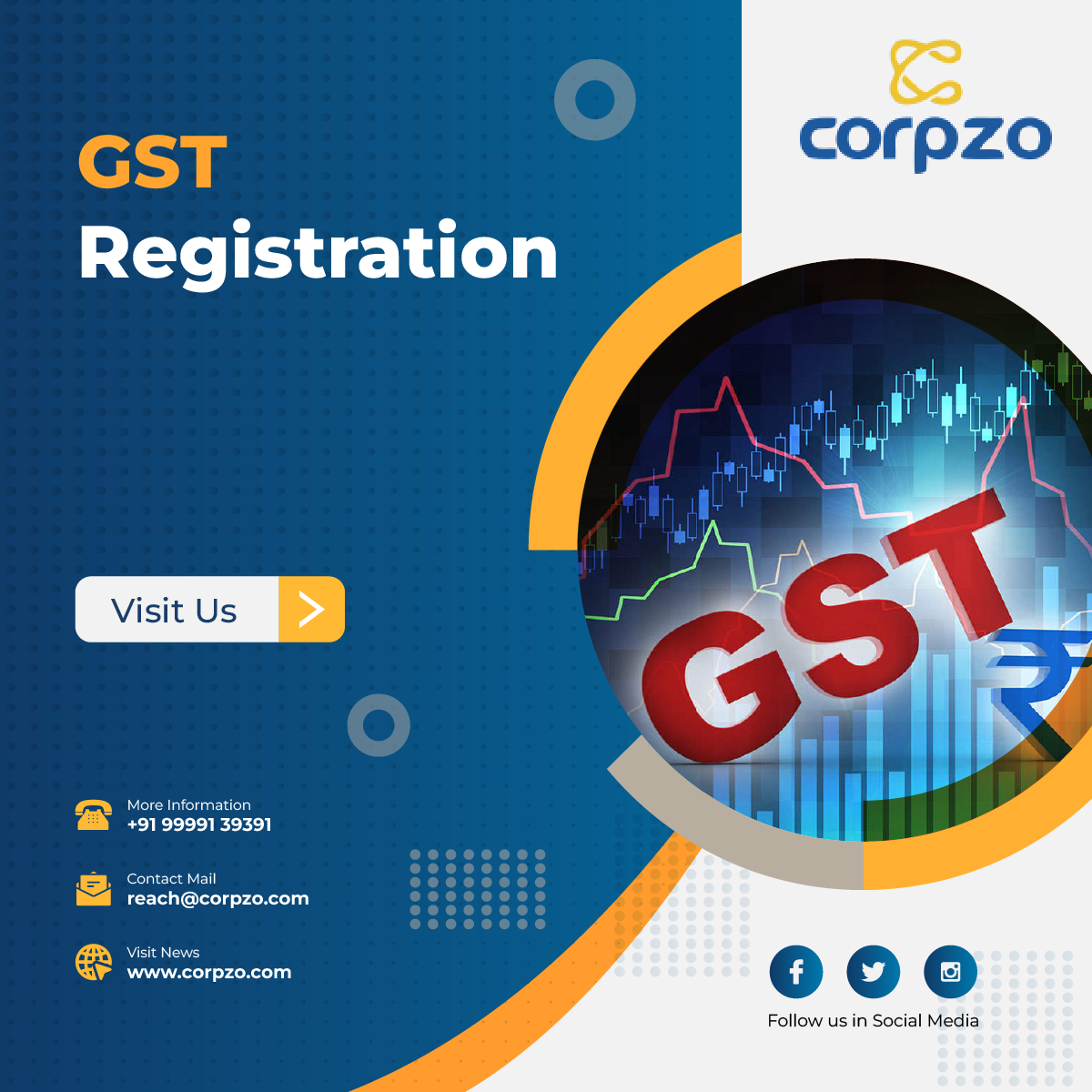 Introduction
Introduction
The concept of indirect tax has been emerging in India with the introduction of GST Act (Goods & Service Act), the multiplicity of the tax structure hindered the growth of the business and resulted to various trade & economic barriers thus the concept of GST was made mandatory in India to eliminate such difficulties in indirect tax structure.
Features of GST
- It is tax structure which is based upon the destination where the consumption of the concerned goods & services is being consumed
- The GST is barred in the stages of manufacturing, trading, storage, distribution is setoff thus the GST is levied and ultimately is borne by the consumers.
Components of GST
- Central Goods & Services Tax - Tax levied on intrastate supplies of the goods and services by the Central Government, the legislation governing CGST is CGST Act 2017. Section 8 of the CGST Act states that the levied tax shall not exceed 14%.
- State Goods & Services Tax - Tax levied on intrastate goods & services by the State Government where such product or service is consumed. SGST is governed by the State Goods & Service Act 2017. In SGST various taxes such as VAT, luxury tax, entertainment tax, entry tax etc merged together.
- Integrated Goods & Service Tax - Tax levied under IGST upon the supply of inter-state goods and services, the IGST also applies upon the imported goods and services of inter-state trade and commerce.
Cancellation of GST
The GST Cancellation refers to closure of GSTIN in cases where the business is on closure, transfer, change, further non-filing of returns, fraud, any activity in contravention of Act.
Cancellation of the Goods and Services Tax (GST) registration can occur due to specific reasons. This cancellation process can be instigated either by the tax department on its own accord or by the registered individual seeking to terminate their registration. Should the registered individual pass away in cases of sole proprietorship, their legal heirs have the option to apply for cancellation. If the department initiates the cancellation, there exists a provision for the taxpayer to request the reversal of this cancellation.
Following the cancellation of registration, the individual is required to submit a final return. This return, termed the "final return," must be submitted within a span of three months subsequent to the cancellation of their GST registration.
Cancellation of GST is of two types
- Voluntarily cancellation of Registration
- Cancellation by Proper Officer Suo Motu
Reasons for Cancellation of GST:
- If the business has been discontinued, transferred fully for any reason including death of the proprietor, amalgamated with other legal entity, demerged or otherwise disposed of
- If the tax payer has not filled its return for continuous three months from the due date.
- If the registered person contravened the provisions of the GST act or rules made thereunder.
- The registration is obtained by fraud or willful misstatement.
- Due to Merger or Amalgamation
GST Revocation
Revocation refers to the official order of cancellation by suo motu cognizance i.e, cancellation by the authority on their own motion due to some contravention. The concerned person whose GST certificate is canceled may apply for GST Revocation Application within 30 days from the date of receipt of order. The Authorized officer may accept such Application or reject it with justifiable reasons.
In the event that the cancellation of registration has been executed by the authorized official without being prompted by an application from the registered entity, there exists the opportunity for the impacted registered individual to initiate a process for the reversal of the registration cancellation. This can be accomplished by submitting an application, utilizing FORM GST REG-21, to the relevant Proper Officer. This application should be lodged within a timeframe of thirty days, commencing from the date of receiving the cancellation of registration order. The submission can be made directly on the common portal or through a designated Facilitation Centre, as notified by the Commissioner.
However, it's important to note that this thirty-day window can be extended under certain circumstances:
- The Additional Commissioner or the Joint Commissioner has the authority to extend this period for a duration not surpassing thirty days.
- Additionally, the Commissioner holds the prerogative to further extend the period by up to an additional thirty days, beyond the initially specified duration.
Upon thorough evaluation of the submitted application, if the Proper Officer determines, based on justifiable grounds which are documented in written form, that there are ample reasons to warrant the reversal of the registration cancellation, they are obligated to enact the revocation. This reinstatement of the registration cancellation shall be formalized through an official order issued in FORM GST REG-22. This procedure must be completed within a span of thirty days, commencing from the date of the application's reception. Furthermore, the outcome of this decision is communicated to the applicant in a timely manner.
However if the if the proper officer dissatisfied with the reasoning for revocation then he/she will issue a notice in form GSTR REG-23 with reason that why the application submitted for revocation is being rejected or may raise clarification for the same and the applicant has to file it scarification within the seven days from the date of rejection in form GST REG-24.
Process for GST Revocation
- Visit GST e-portal
- Go to “Services”, “Registration”, “Application for Revocation”
- The Application has to be made under Form GST REG-21
- Enter the necessary information along with documents
- The said Application is to be filed & signed with digital signature certificate
- The application may be accepted by the authority or get rejected
GSR registration- Read More
General Accounting - Read More
Indrect Taxation - Read More

